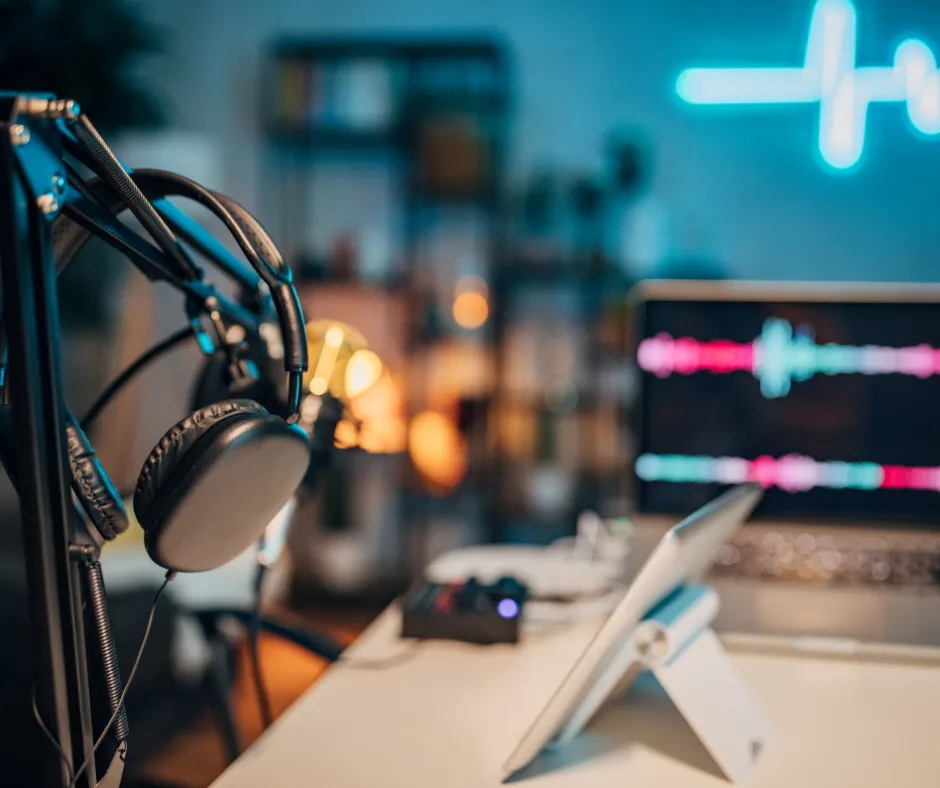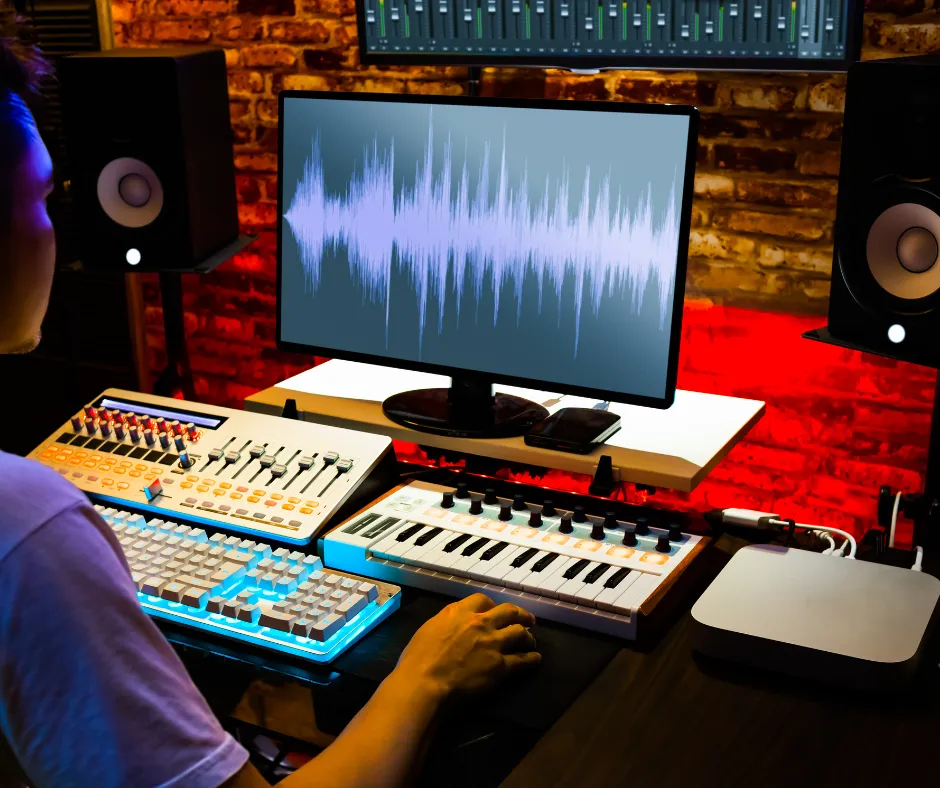
How to Start a Podcast:
A Comprehensive Guide for Beginners

Discover the step-by-step process of starting a podcast, from choosing the right equipment to promoting your show effectively. Get started today!
Are you ready to share your unique voice and ideas with the world?
Starting a podcast is an excellent way to connect with your audience and express yourself creatively. In this comprehensive guide, we will walk you through the essential steps to launch your podcast successfully. Whether you're a seasoned podcaster looking for optimization tips or a beginner starting from scratch, this post has got you covered!
STEP 1

Define Your Podcast Niche and Target Audience
To create a podcast that resonates with your audience, it's crucial to define your niche and identify your target listeners. Consider your passions, expertise, and the interests of your potential audience. Narrowing down your focus will help you deliver valuable content that stands out in a crowded podcasting landscape.
STEP 2

Select the Right Podcast Format and Structure
Choose a podcast format that aligns with your content and goals. Common formats include solo shows, interviews, roundtable discussions, storytelling, and educational episodes. Determine the ideal length and frequency of your episodes to provide consistent value to your listeners.
STEP 3

Gather Essential Podcasting Equipment
Investing in quality podcasting equipment will significantly enhance the audio experience for your audience. Essential equipment includes a microphone, headphones, a pop filter, and a microphone stand. Research different options within your budget and select the equipment that suits your needs.
STEP 4

Plan and Outline Your Episodes
Before hitting the record button, prepare an outline for each episode. Determine the key points you want to cover, create a logical flow, and include any relevant segments or interviews. Having a clear structure will help you deliver engaging and well-organized content.
STEP 5

Record and Edit Your Podcast
Find a quiet environment and use recording software to capture your episodes. Ensure optimal audio quality by speaking directly into the microphone, adjusting volume levels, and minimizing background noise. After recording, use audio editing software to enhance the sound, remove any mistakes, and add intro/outro music or sound effects.
STEP 6

Choose a Podcast Hosting Platform
To make your podcast accessible to listeners, you'll need a reliable podcast hosting platform. Consider factors like storage limits, analytics, ease of use, and pricing when selecting the platform that suits your requirements. Popular hosting platforms include Spotfy, Buzzsprout Libsyn, Podbean, Blubrry, and SoundCloud.
STEP 7

Submit Your Podcast to Directories and Promote Your Show
Once you've uploaded your episodes to the hosting platform, submit your podcast to popular directories like Apple Podcasts, Spotify, Google Podcasts, and Stitcher. Promote your show through social media, your website or blog, and collaborations with other podcasters. Engage with your audience through comments, reviews, and listener feedback.
FAQ's
Question 1: Do I need professional recording equipment to start a podcast?
Answer 1: While professional equipment can enhance audio quality, it's not a requirement. Many podcasters have started with budget-friendly options and upgraded as their shows grew.
Question 2: How long should my podcast episodes be?
Answer 2: The ideal length varies depending on your content and audience. Aim for a duration that keeps listeners engaged without dragging on unnecessarily.
Question 3: Can I monetize my podcast?
Answer 3: Yes, podcast monetization is possible through sponsorships, advertisements, merchandise sales, crowdfunding, and listener donations.
Conclusion
Starting a podcast may seem daunting at first, but with the right guidance and a passion for your content, you can create a successful show. Define your niche, invest in quality equipment, plan your episodes thoughtfully, and promote your podcast effectively. Remember, consistency and engaging content are key to building an audience and fostering a loyal community. Embrace the exciting journey of podcasting and let your voice be heard!
In this blog post, we covered the essential steps to start your podcast successfully. From defining your niche to promoting your show, each stage plays a vital role in your podcasting journey. Equip yourself with the necessary knowledge, put in the effort, and watch your podcast thrive. Get ready to inspire, educate, and entertain your audience with your unique podcasting venture!

© Copyright 2023. The Sheila C Hill Show. All rights reserved.